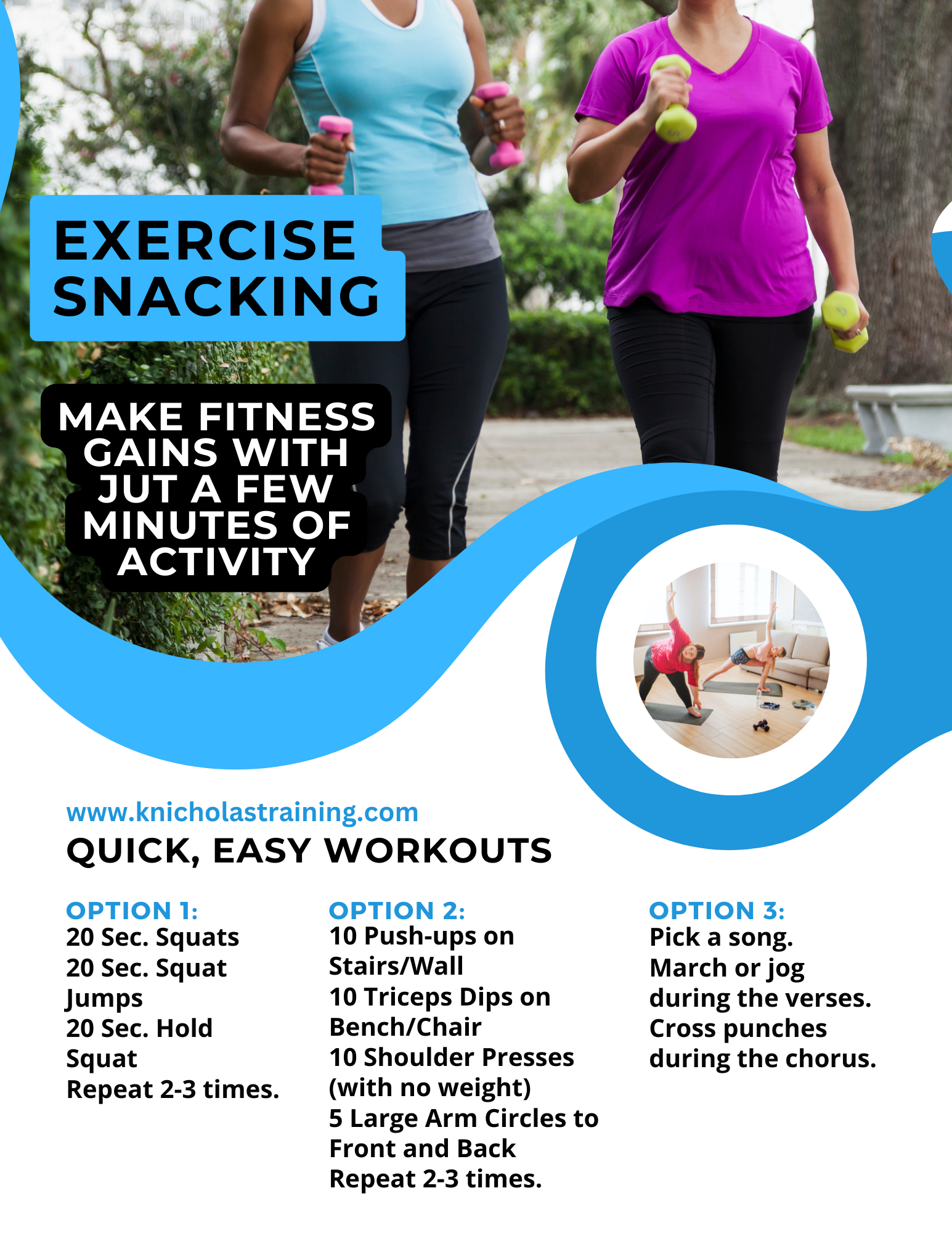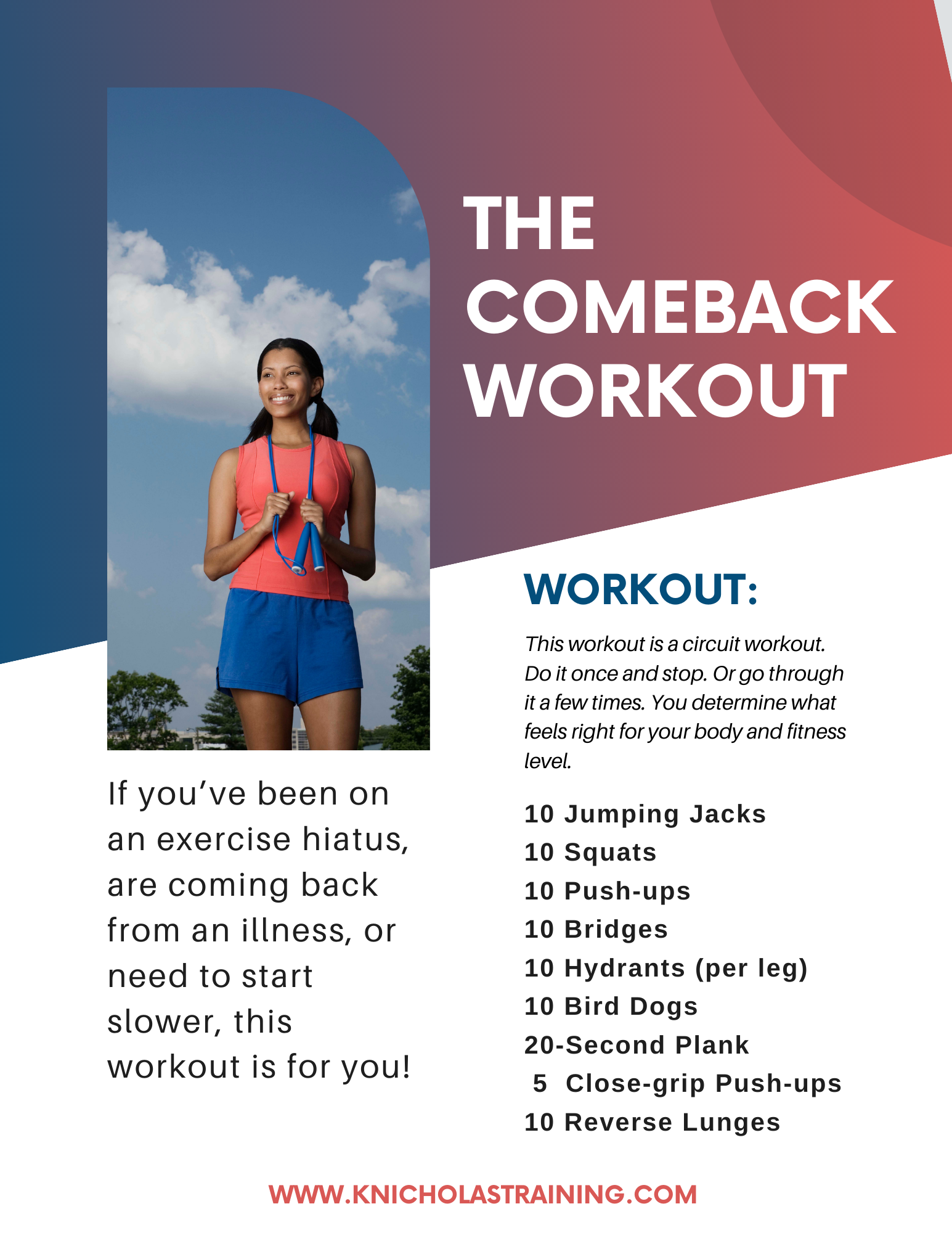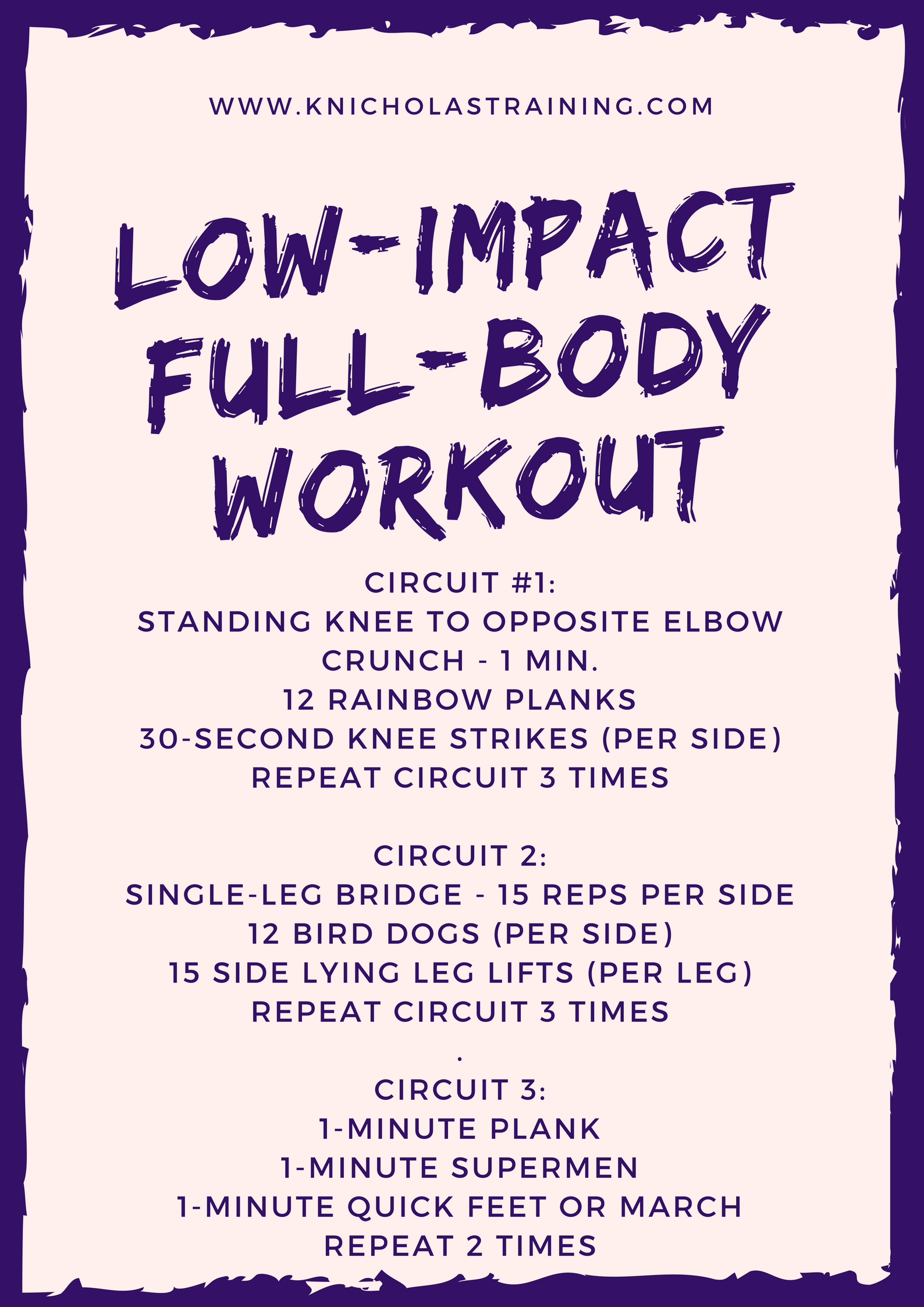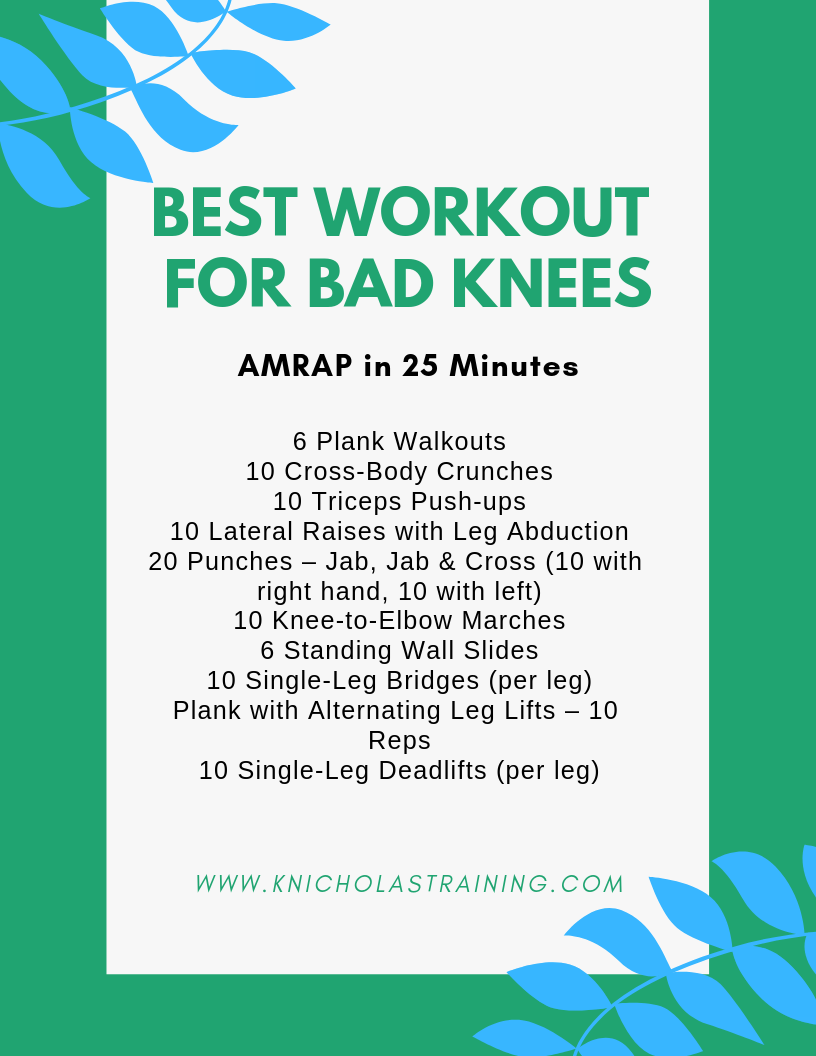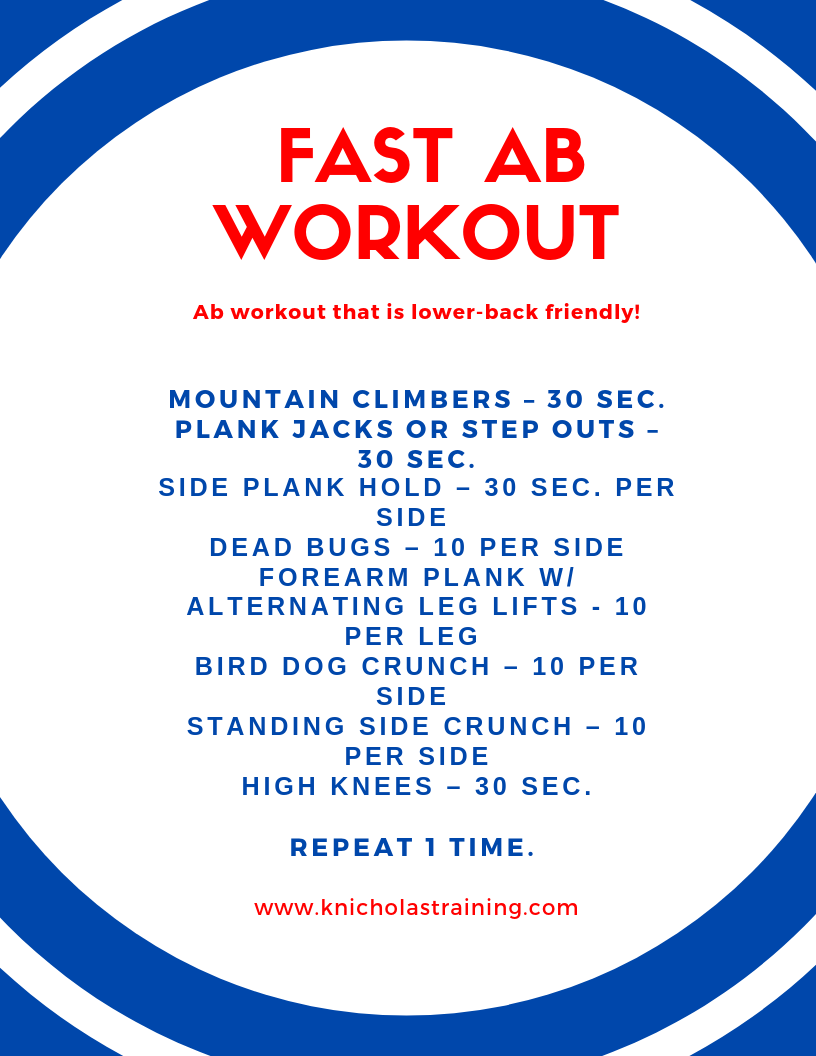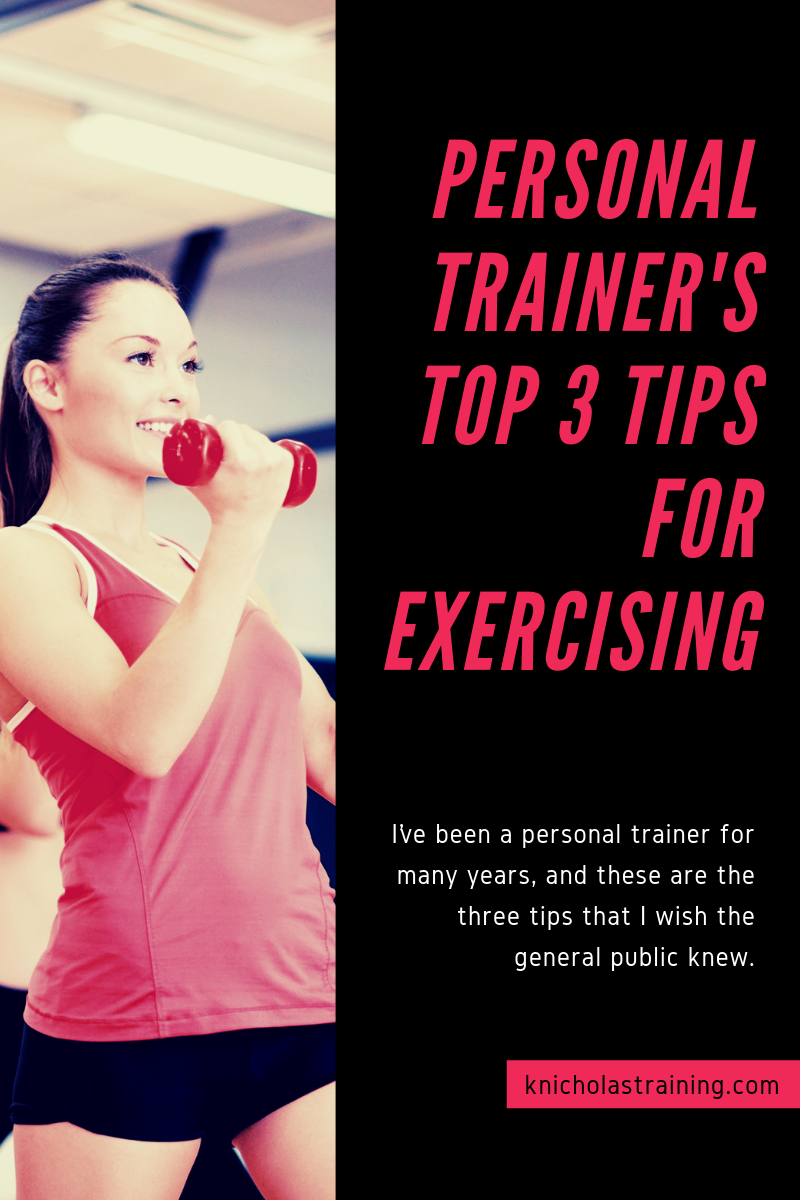Do you think five minutes of activity can make a difference?
Will it improve your fitness levels?
“Exercise snacking” has been gaining popularity in the fitness community. These quick bursts of activity, ranging from seconds to minutes, have been proven to improve fitness levels.
Several months ago, I had an outpatient procedure done on my leg. Unfortunately, I got a blood clot. So, for several weeks, I was instructed to walk for 5-10 minutes every hour.
Do you know what happened?
My step count increased dramatically. I actually lost weight, and I didn’t lose muscle strength.
My cravings were kept at bay because I was moving every hour. I might have felt like snacking before I left, but by the time I was done walking, I wasn’t really hungry.
So, what are some ways to fit “snacking” into your day?
Walk while you talk. Move around while you are on the phone.
After you finish a project or are at a stopping point, stand up and stretch. Do 10 push-ups against the edge of your desk. Or, try to do 20 squats.
Don’t take the elevator. Climb the stairs instead.
During a commercial break or in between shows, lay down on the floor and do several sets of bridges or a plank.
Want some more ideas?
Check out these three ideas below. Happy “snacking!”
Option#1:
10 Push-ups on edge of a desk or against the wall
10 Triceps Dips on the edge of your chair
10 Shoulder Presses (with no weight)
5 Arm Circles to the Front/Back
Option #2:
20 sec. of Squats
20 sec. of Squat Jumps
20 sec. Holding Squat Position (with arms extended straight overhead)
Option #3:
3-min Dance Party
Pick a fun, upbeat song. Every time you hear the chorus, do one movement; choose a second movement for the rest of the song.
Chorus: Cross punches to the front
Rest of the song/verses: March or jog in place

